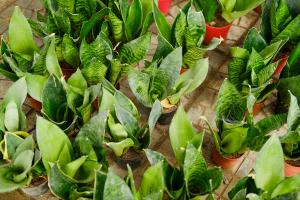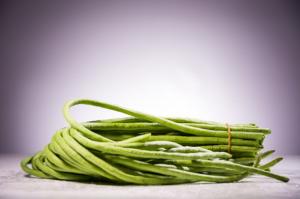Introduction
Money tree plants, also known as Pachira aquatica, are popular indoor plants that are commonly used for decorating homes and offices. These plants are believed to bring good luck, prosperity, and fortune to those who own them, making them a perfect addition to any space. However, taking care of a money tree plant can be quite challenging, especially if you are new to the art of growing indoor plants. In this article, we will be discussing how to take care of your money tree plant to ensure it thrives and adds beauty to your indoor space for years to come.
Lighting Requirements
Money tree plants are native to flood plains in Central and South America, meaning they thrive in well-lit and humid environments. When it comes to providing lighting for your money tree plant, it is recommended to place it in a spot that receives bright, indirect sunlight. Direct sunlight can cause the leaves to scorch, so it's important to avoid placing your money tree plant near a window or in direct sunlight. If your money tree plant is receiving insufficient light, consider getting a grow light to supplement its lighting requirements.
Watering and Humidity
One of the most important aspects of caring for a money tree plant is proper watering. These plants have shallow roots and are susceptible to root rot if over-watered, so it's important to keep the soil slightly moist and not let it dry out completely.
In terms of humidity, money tree plants love a humid environment, but high levels of humidity can also increase the risk of fungal growth and root rot. Keeping your home at a relative humidity of 50% - 60% is perfect for most indoor plants, including money tree plants. Consider using a humidifier near your plant or setting a tray of water near the plant to help maintain an adequate level of humidity.
Soil and Fertilizer
Proper soil and fertilization are essential for the growth and health of any indoor plant, including money tree plants. These plants prefer well-draining, loose soil that is enriched with nutrients to promote healthy growth. Consider adding a layer of peat moss or sand to your potting soil to enhance its drainage and nutrient content.
When it comes to fertilization, a balanced, all-purpose fertilizer is the best choice for money tree plants. During the growing season, fertilize your plant every two weeks and reduce the frequency to once a month during the dormant season. However, it's important to avoid fertilizing a newly potted or transplanted money tree plant for at least six months to avoid over-fertilizing and damaging the plant.
Pruning and Maintenance
Pruning and maintenance are important aspects of caring for any indoor plant, including money tree plants. Proper pruning can help promote healthy growth and prevent overcrowding of leaves and branches. It's best to prune your money tree plant during the growing season to encourage new growth.
Maintenance, on the other hand, involves regularly checking your plant for signs of disease or pest infestations. Common signs of these issues include yellowing leaves, black spots on the leaves, and wilting. If you notice any of these signs, take immediate action by treating your plant with a natural insecticide or fungicide.
Conclusion
In summary, taking care of a money tree plant requires proper lighting, watering and humidity, soil and fertilizer, and pruning and maintenance. By following these tips, you can ensure that your money tree plant thrives and adds beauty to your indoor space for years to come. With a little love and attention, your money tree plant will bring you good fortune and prosperity, just as it has for countless generations.

 how many times do yo...
how many times do yo... how many planted tre...
how many planted tre... how many pine trees ...
how many pine trees ... how many pecan trees...
how many pecan trees... how many plants comp...
how many plants comp... how many plants can ...
how many plants can ... how many plants and ...
how many plants and ... how many pepper plan...
how many pepper plan...































